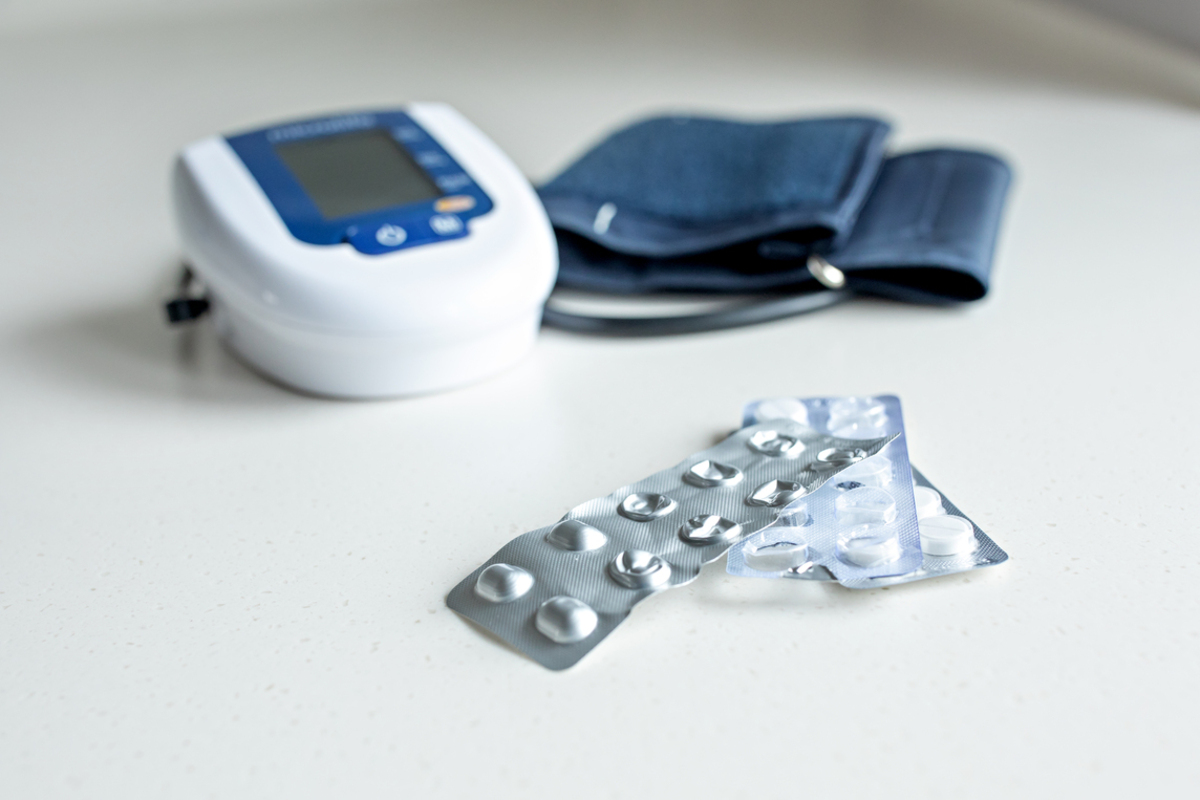While there is no cure for diabetes, several treatments can help you manage your condition well. As everybody is slightly different, your doctor will tailor your treatment to your individual needs. Treatment also differs by the type of diabetes you have.

Treatments for type 1 diabetes
1. Insulin
There are several different ways through which people can get insulin. The most common ones include:
- An insulin pump. Patients can use an insulin pump to get small and continuous dosages of insulin all day long.
- Insulin injections. This requires you to draw insulin from a bottle and then inject it either into your stomach, upper arm, buttocks, or thighs. While some people need to take several injections during the day, others only need one depending on the severity of the disease.
- Insulin pens. Insulin pens are easier to use than injections but follow the same concept.
Less commonly, patients may also use other devices, including:
- Insulin inhalers. Patients can use an inhaler to administer insulin.
- Insulin jet injectors. This injector delivers a high-pressured spray into the skin.
- Insulin injection ports. This is a short tube that slots underneath the skin, which can be used for injection using a pen or a syringe so that you don’t have to puncture your skin every day.
2. Islet cell transplantation
Another treatment method for type 1 diabetes is an islet cell transplantation in which you get a transplant of the cell type that produces insulin. As the immune system of type 1 diabetics destroys the islet cell population, undergoing a transplantation can help treat type 1 diabetes.
Type 2 diabetes
3. Exercise and physical activity
Exercise helps muscles absorb sugar from the blood, as well as making muscle cells more sensitive to the effects of insulin. Therefore, guidelines recommend that patients get at least 30 minutes of exercise five days a week or more. In the early stage of type 2 diabetes, exercise can help reverse the disease and prevent complications.
The types of exercise you can do include:
- Aerobic exercise such as walking, hiking, cycling, dancing, swimming, rowing, and climbing stairs.
- Strength training such as lifting weights, resistance bands, squats, and push-ups.
4. Healthy diet
People with diabetes need to stick to a healthy diet that is lower in carbohydrates and sugars. You can still eat what you want, but you need to do it much less frequently and in smaller portions.
These are the following foods that are recommended for patients with diabetes:
- Vegetables such as broccoli, carrots, tomatoes, peppers, potatoes, corn, and green beans.
- Fruits such as oranges, berries, melon, apples grapes, and bananas.
- Grains such as oats, barley, rice, wheat and quinoa.
- Protein such as lean meat, green vegetables, eggs, lean beef, fish, chicken, peanuts, nuts, dried beans, peas, and tofu.
- Dairy such as low-fat, non-dairy milk, and yogurt.
- Healthy fats such as seeds, nuts, avocado, salmon, tuna, and oils.
The types of foods you should avoid include fried foods, salty foods, sugary foods, and drinks with extra sugar.
5. Tablets
The most common medication to manage blood sugar levels in type 2 diabetics is metformin. Another common medication, sulphonylureas, stimulates your pancreas to make more insulin. Your doctor will work with you to decide which medication is best for you. If your diabetes is not responsive to these medications, it may be time for insulin, used in ways very similar to type 1 diabetes patients.
6. Bariatric surgery
Bariatric surgery, also known as weight loss surgery, is sometimes prescribed in the treatment of type 2 diabetes. Studies have shown that losing just five to seven percent of your body weight can normalize your blood sugar levels. There are several different types of bariatric surgery, depending on the severity of obesity.
7. Artificial pancreas
Some people can get an artificial pancreas which measures blood sugar levels every five minutes and administers the right dose of either insulin or glucagon (a hormone that helps increase blood sugar levels). Medical professionals will monitor you to make sure that the system works appropriately. An artificial pancreas can be used for either type 1 or type 2 diabetes.
Conclusion
- Rother, Kristina I. "Diabetes treatment—bridging the divide." The New England journal of medicine 356.15 (2007): 149
- Davidson, Mayer B., and Mayer B. Davidson. Diabetes mellitus: Diagnosis and treatment. Philadelphia: Saunders, 1998.
- Diabetes Control and Complications Trial/Epidemiology of Diabetes Interventions and Complications (DCCT/EDIC) Study Research Group. "Intensive diabetes treatment and cardiovascular disease in patients with type 1 diabetes." New England Journal of Medicine 353.25 (2005): 2643-2653.
- Photo courtesy of SteadyHealth


Your thoughts on this